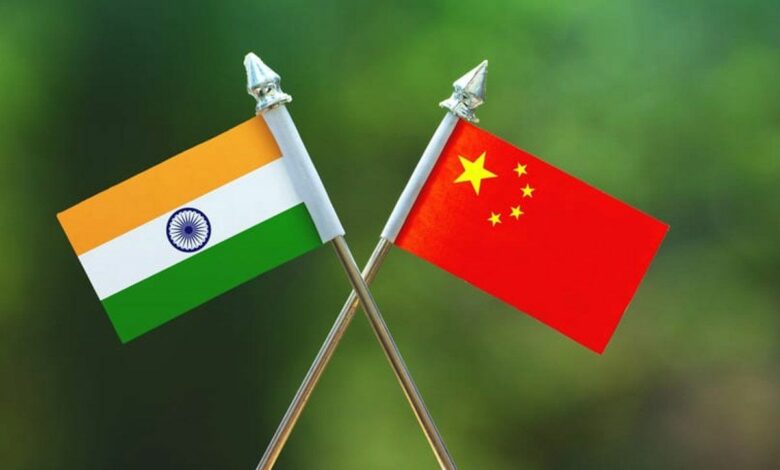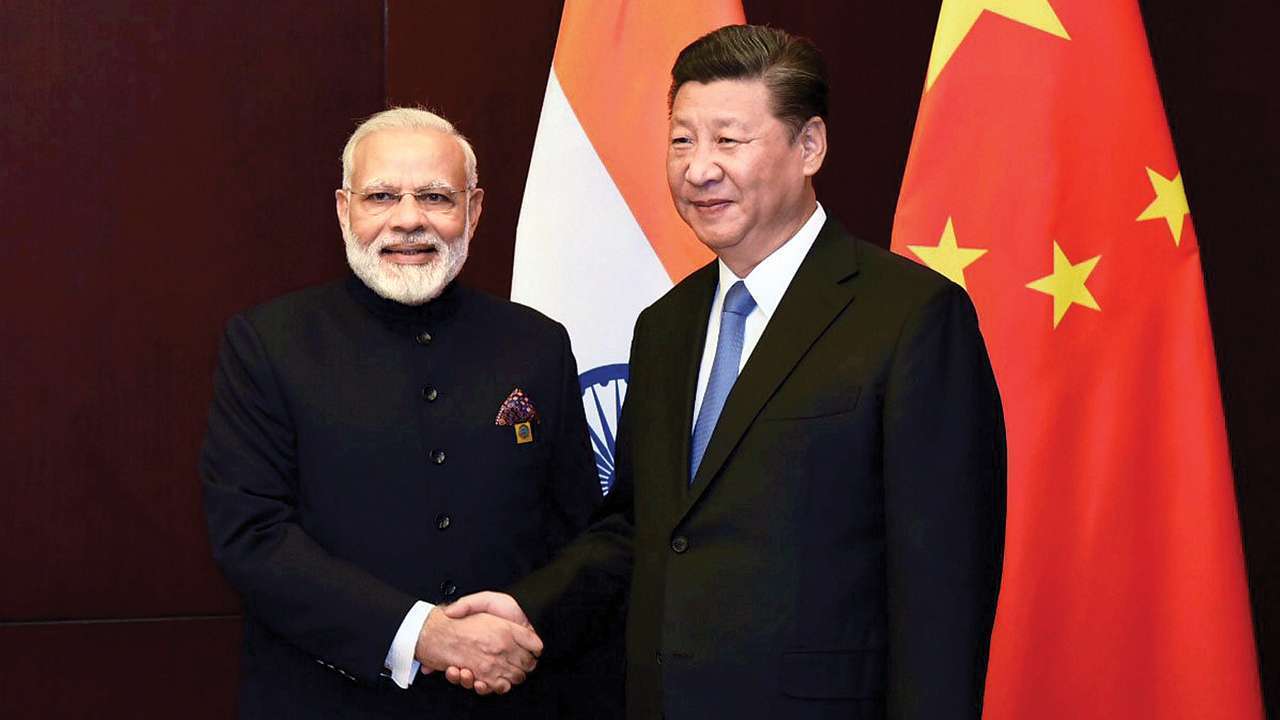
On Wednesday, S Jaishankar, External Affairs Minister of India, firmly said to his Chinese counterpart Wang Yi that the prolongation of the prevailing scenario in East Ladakh was visibly impacting the bilateral ties in an exceedingly “negative manner“. He also mentioned that there was no forward movement from the Chinese aspect since the disengagement in Pangong lake areas created conditions for partitioning the remaining problems since February.
Highlighting the shortage of movement within the disengagement method, except for the initial withdrawal of troops around the Pangong lake areas earlier this year, Mr Jaishankar hoped China would “follow through” in partitioning problems with animal products. India and China had agreed on an agreement that included five different points. Mr Jaishankar highlighted in a tweet that unilateral amendment of the established order is not acceptable. Maintaining and restoring peace and harmony completely in the border areas is essential for developing India-China ties.
The Five-Point Plan to Resolve the India-China Border Deadlock Conflict:
- Both sides have to advise from the leaders’ agreement on developing India-China relations and not permitting variations to become disputes.
- The present state within the border areas is not in the interest of either aspect. Thus the border troops of each side should continue their dialogue, quickly disengage, maintain correct distance and ease tensions.
- The two sides shall abide by all the present agreements and protocols on China-India boundary affairs and maintain peace and tranquillity within the border areas and avoid any action that would increase matters.
- Both sides can proceed with correspondences through the Special Representatives mechanism, and meetings of the Working Mechanism for Conference and Coordination on the problems of the border can proceed.
- As the situation facilitates, the two sides should speed up their work to finish up new confidence-building measures to deal with and improve harmony and peacefulness inside the border regions.

The Meeting
During a one-hour meeting on the subsidiary of an SCO meeting in Dushanbe, Jaishankar told Wang that any unilateral amendment within the Line of Actual Control (LAC) would “not be acceptable” to India. The ties will only develop after the complete restoration of peace and tranquillity in East Ladakh. Jaishankar said that prolongation of the prevailing scenario was not within the interest of either aspect and visibly impacted the connection in an exceedingly negative manner.
The minister met Wang Yi, a State Councilor, at the SCO Foreign Ministers’ Meeting at Dushanbe in Tajikistan. The two ministers exchanged views on the present scenario on the road of Line of Actual Control (LAC) and discussed different problems regarding India-China relations. Chinese Foreign Ministry voice Zhao Lijian claimed that he was not “aware of matters mentioned”.
According to a statement given by Jaishankar, EAM distinguished to the State Councilor that the prosperous disengagement within the Pangong Lake space earlier this year had created conditions for the resolution of the remaining problems. It had been expected that the Chinese aspect would work with the United States of America towards this objective. EAM noted but that matters in the remaining areas remain unresolved. EAM recalled that both parties had in agreement that a prolongation of the prevailing scenario wasn’t within the interest of either side. It had been visibly impacting the connection in a very negative manner.
Indian and Chinese troops completed the first round of disengagement in February 2021, retreating from areas and posts around the Pangong lake. However, officers said that China continues to stall talks on withdrawing from the opposite areas where PLA troops have collected since April 2020.
Recalling their last Meeting in Moscow in September 2020, Jaishankar stressed the necessity to follow through on the agreement reached then and complete the disengagement method, partitioning the remaining problems on LAC as early as possible. A Ministry of External Affairs statement mentioned that Jaishankar attempted to vary the established order last year but forgets the commitments below the 1993 and 1996 agreements have inevitably affected ties.
Assessing the relationship, Jaishankar stressed that maintenance of peace and tranquillity within the border areas had been the muse for the event of ties since 1988. He mentioned that the attempts to alter the establishment last year under the 1993 and 1996 agreements have inevitably affected relations. Therefore, he stressed that it had been in mutual interest that the two sides work towards early resolution of the remaining problems on the animal product in East Ladakh, while enduring bilateral agreements and protocols.
The two ministers noted the contract between each side within the last Meeting of the WMCC (Working Mechanism for Consultation & Coordination on India-China Border Affairs) on 20 June. This year, they carried out another round of the Meeting. It was of Senior Military Commanders and “agreed that this could be convened at the earliest”.

The 1993 and 1996 Agreements
The first agreement created in 1993 was geared toward maintaining peace on the LAC on the India-China Border. This agreement was to figure towards a peaceful resolution of the border disputes existing between the countries. According to the 1993 agreement, no side activities shall overstep the road of the Line of Actual Control. If one side crosses the road of the Actual Line of Control, upon being cautioned by the opposite aspect, they shall pull back to their side of the Line of Actual Control route once necessary. The two sides shall check and verify the segments of the road of LAC where they need entirely different views on its alignment.
The 1996 agreement specifically arranged the protocols to be followed by each country’s military across the border. India and China signed a deal on ‘Confidence-Building Measures within the Military Field on the road of LAC in the India-China Border Areas’. According to the 1996 agreement, if the border personnel of the two sides are available in a face-to-face scenario because of variations on the alignment of the road of Line of Actual Control or the other reason, they shall exercise control associated and take all necessary steps to avoid a step-up of matters. Each side shall enter into immediate consultations through diplomatic and alternative channels available to review issues and stop any step-up of tension.
This agreement continued an earlier deal, ‘Maintenance of Peace and Tranquillity on the road of LAC in the India-China Border Areas’, that each of the countries signed on 07 Sep 1993.

Unlike previous years, when the leaders met and spoke on different occasions, there has been no bilateral language between Prime Minister Narendra Modi and Chinese President Xi Jinping since the crisis began. India has, prominently, not sent greetings to the Chinese Communist Party for its centenary celebrations this month.
Edited by Aishwarya Ingle




